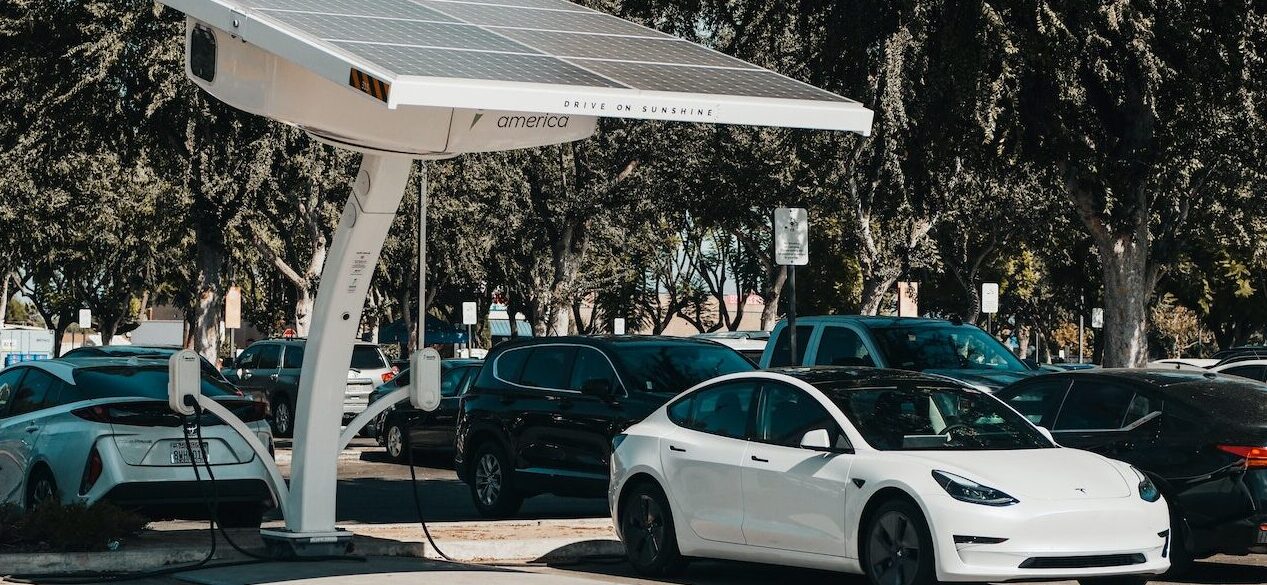April 4, 2023
Source: Governing
Excerpt:
Thanks to recent federal legislation — the Infrastructure Investment and Jobs Act (IIJA), the Inflation Reduction Act (IRA) and the Creating Helpful Incentives to Produce Semiconductors (CHIPS) and Science Act — government leaders are making important strides toward strengthening America’s infrastructure, spurring economic growth and addressing the climate crisis.
State and local governments can take several actions to mitigate these implementation challenges and realize the benefits of this historic investment opportunity:
• Establish results management offices: RMOs can centralize operations, increase coordination, track spending and monitor project milestones. They can also help increase focus across different agencies and stakeholders on mission-oriented results for each project. For example, an electric vehicle charging station project with IIJA funding can deploy a state-level RMO to oversee multiple goals, including EV adoption, charging station coverage across different regional areas and compliance with federal spending requirements. It could also track other meaningful outcomes, such as job creation, workforce development and equity advancement.
• Maintain a holistic view of related initiatives: To maximize the impact of federal funding in their communities, state and local agencies must identify links between different investment opportunities and funding streams. Consider, again, the EV market. The IIJA provides $5 billion for EV charging infrastructure, while the IRA offers tax credits for consumers to purchase EVs. If EV chargers aren’t built where EV purchasing demand and adoption is high, or if EV owners lack access to EV chargers in their communities, the combined IIJA and IRA investments may fail to create their intended maximum impact.
• Invest in the workforce, both public and private: Successfully implementing these federal funding streams will require skilled professionals. State and local agencies should continue to invest in their workforces, adopt a skills-based mindset and collaborate with academic institutions and job training organizations to help ensure that staff have the necessary tools and competencies to succeed. Governments also should identify skills gaps in the private sector and explore innovative partnerships with industry, nonprofits and higher education institutions to close those gaps. Arizona, Indiana, Texas and Washington are among states that have been leading the way in emphasizing the benefits of construction jobs — including their potential to pay entry-level professionals higher wages than an entry-level professional with a liberal arts degree.
• Adopt a startup mindset: Many programs and projects supported by the IIJA, the IRA and the CHIPS Act aim to be implemented expeditiously. To achieve ambitious goals and navigate complex challenges, state and local agencies should embrace a startup mindset — focused on altering market conditions and changing deep-seated behaviors — to think creatively and get things done. Cutting-edge technologies like artificial intelligence and digital twinning can help simulate situations and determine the best approaches for each project.
Related stories:
Technical Assistance to Help Governments Access Federal Dollars
Rural Communities to Benefit Big: Federal Dollars for the Clean Energy Transition





